1. Red Tides
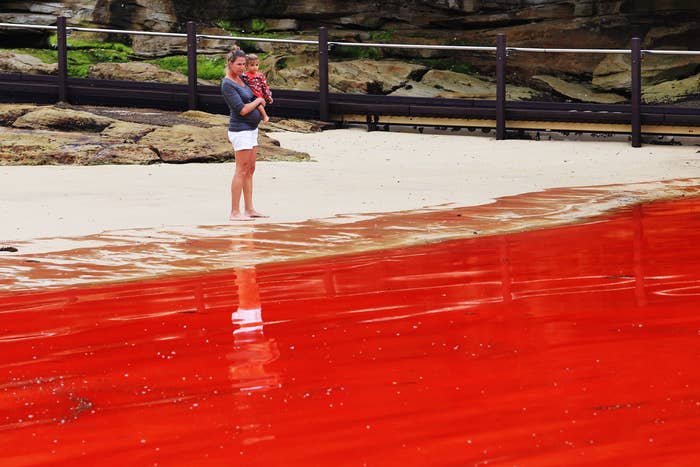
2. Foxfire
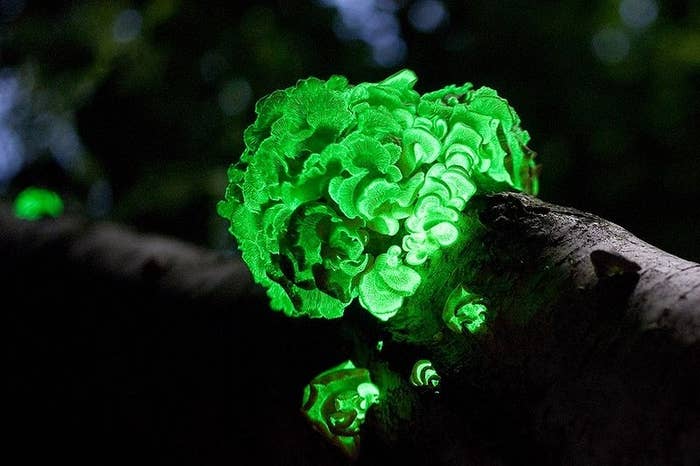
3. Columnar Basalt
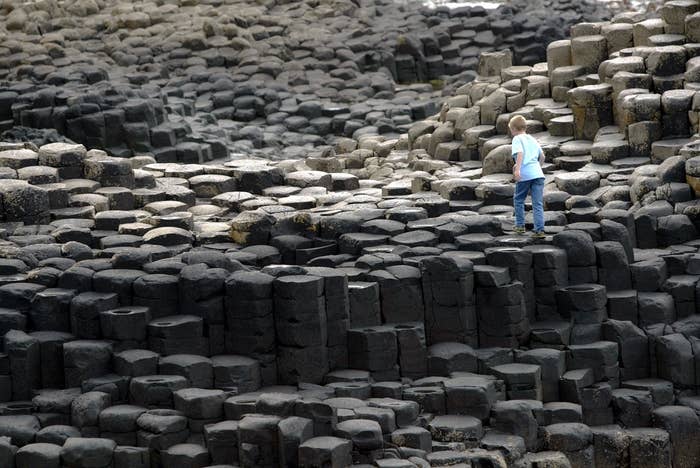
4. Fire Rainbow
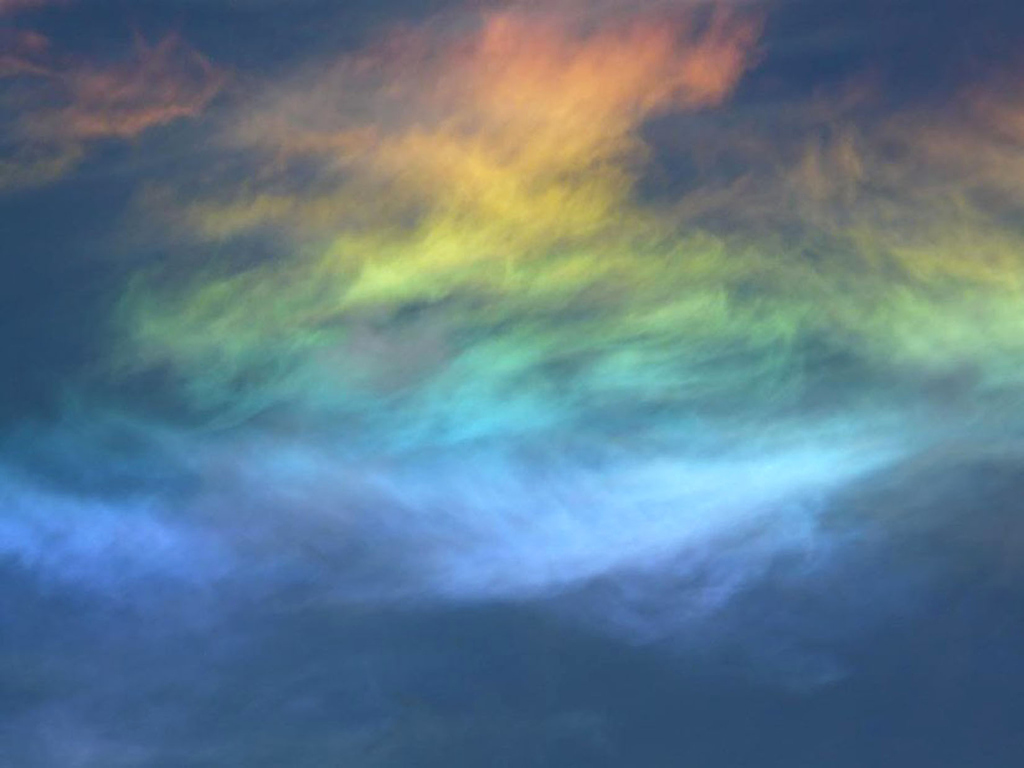
5. Haboob
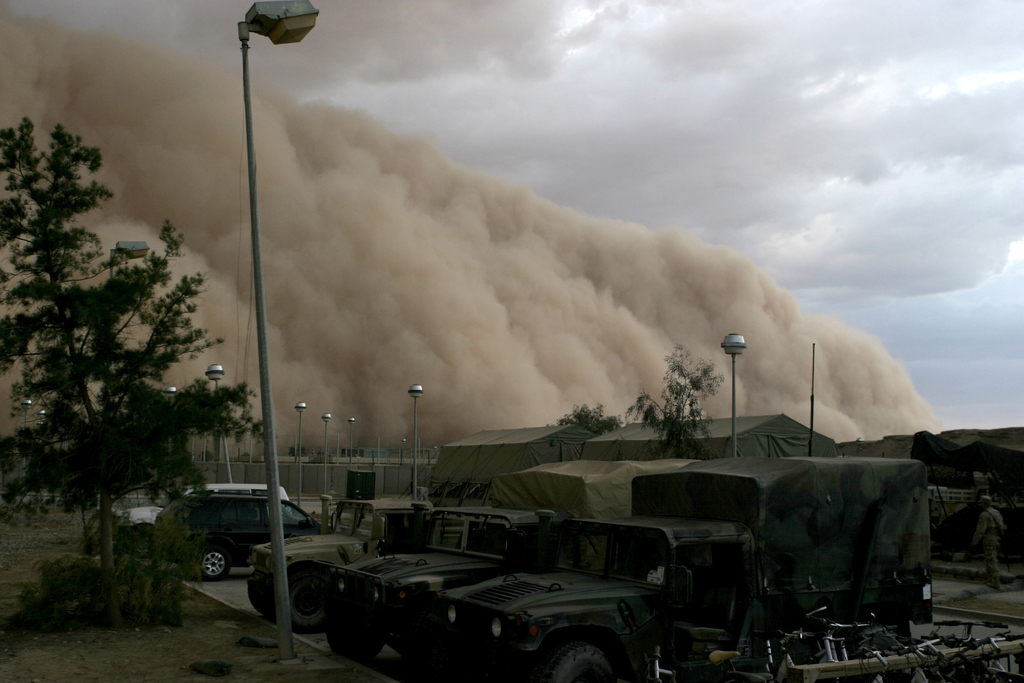
6. Mammatus Clouds
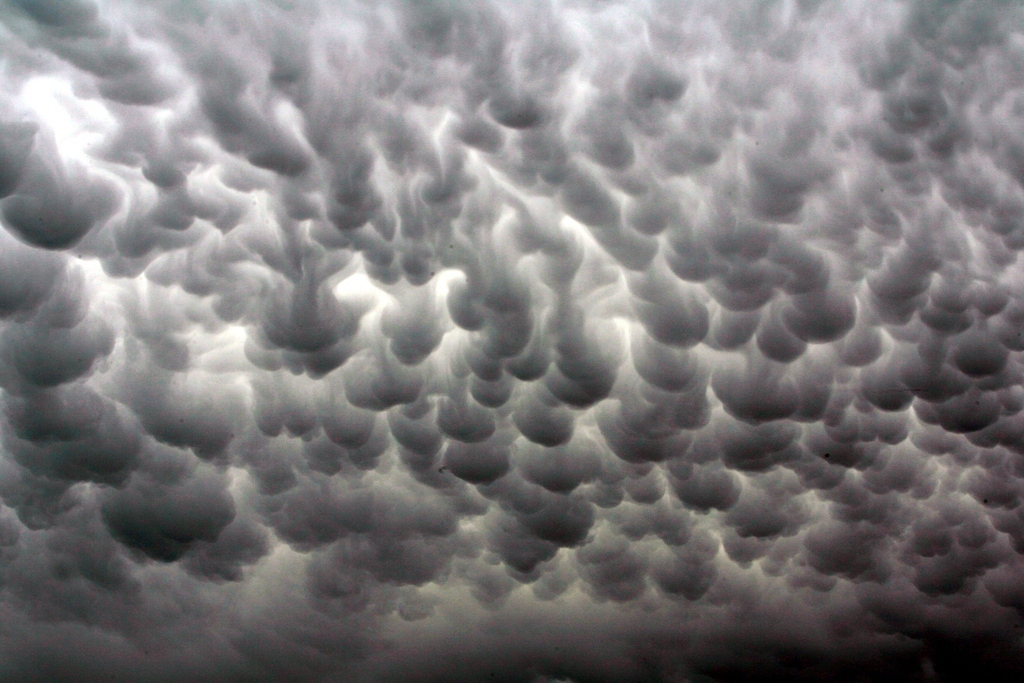
7. Rainbow Bark
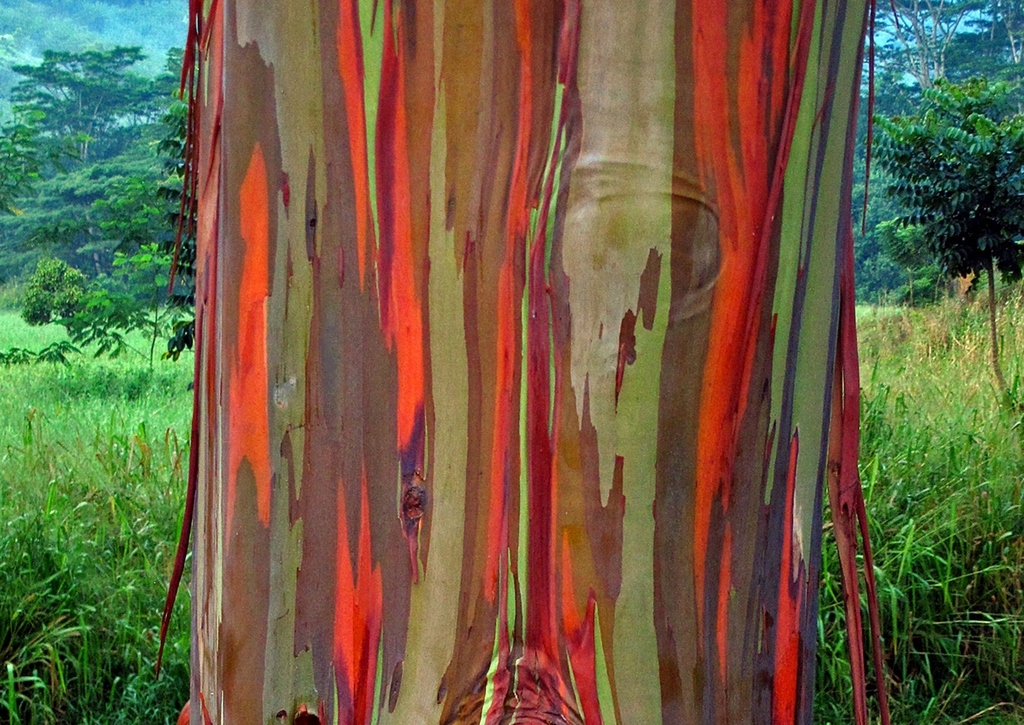
8. Light Pillars
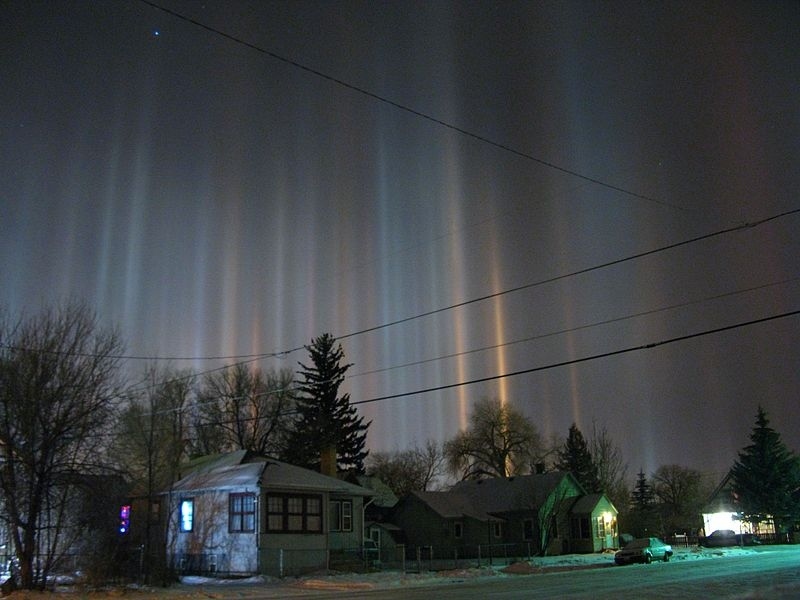
9. Firenadoes
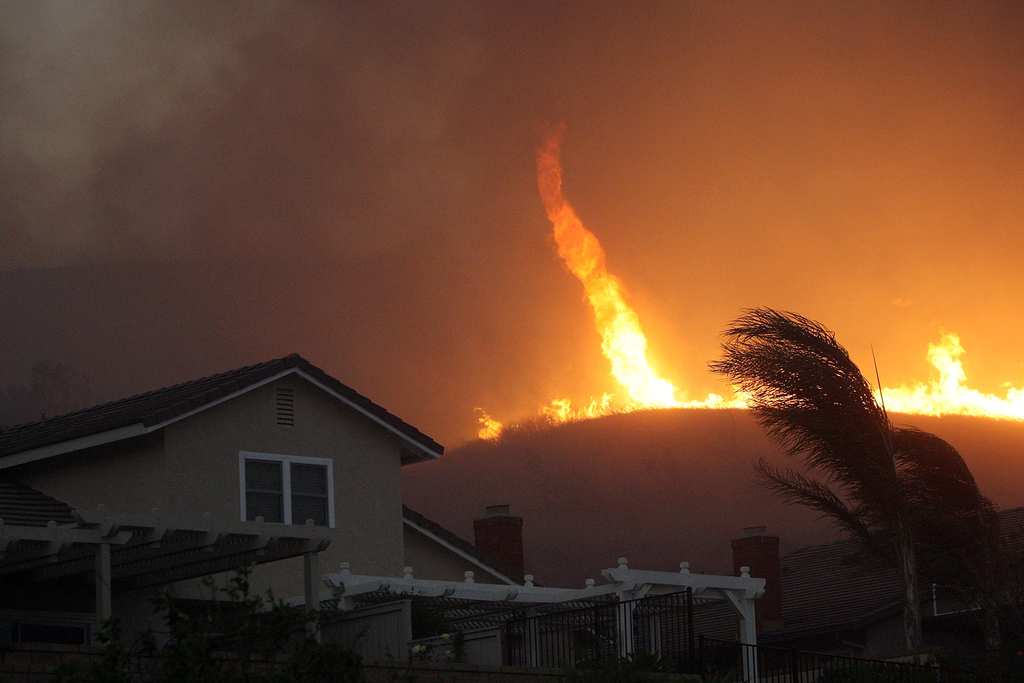
10. Blue Holes
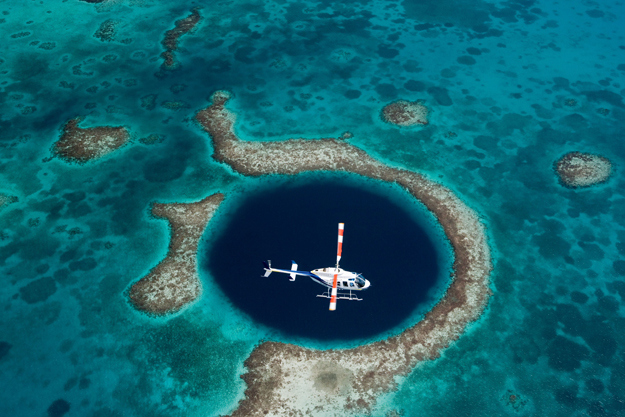
We tip our hats to all the not normal sights of the world. MINI. NOT NORMAL.
View this video on YouTube
©2013 MINI USA, a division of BMW of North America, LLC.

